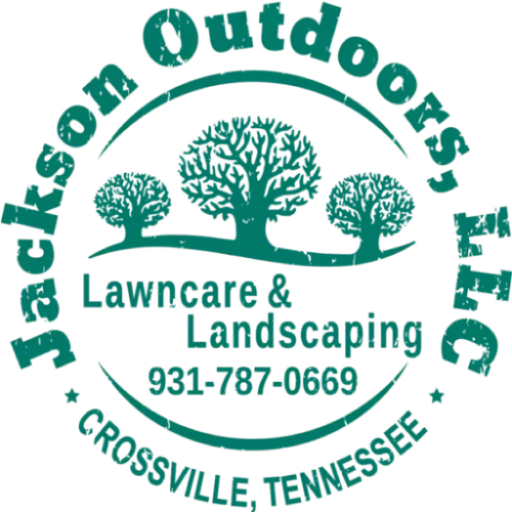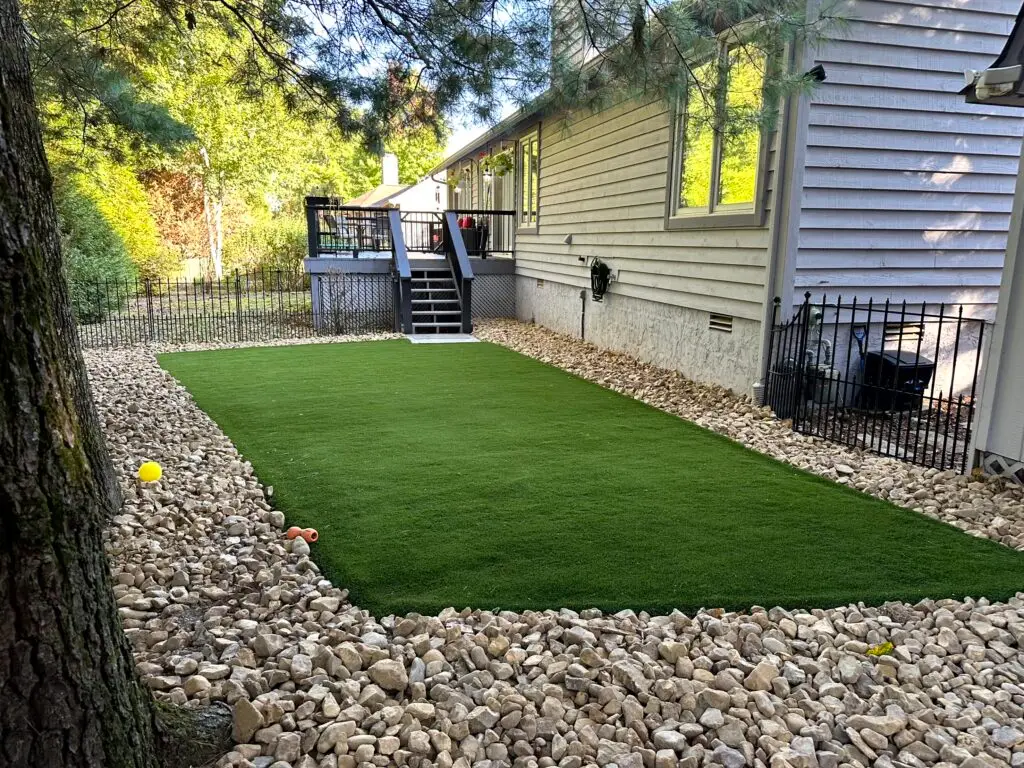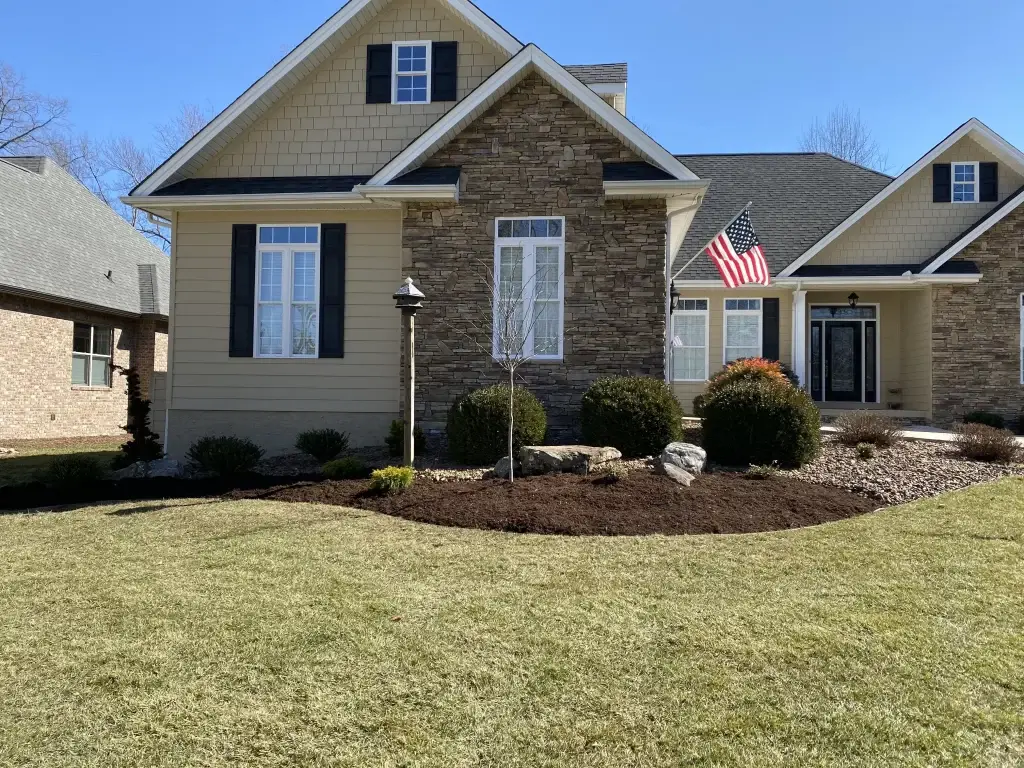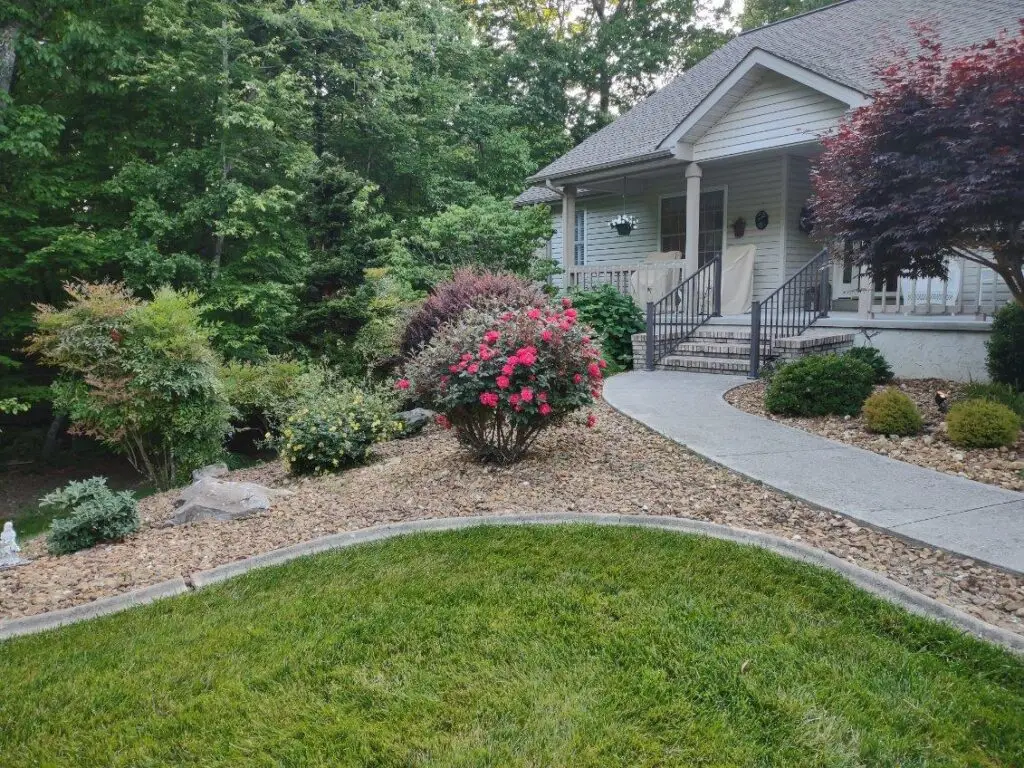In today’s fast-paced world, outdoor spaces have evolved beyond just being a patch of green in your yard. They have become an extension of our living areas—places to relax, entertain, and enjoy nature without the burdens of high maintenance. When it comes to choosing between synthetic lawns and natural grass, homeowners and business owners alike face a tough decision. This guide breaks down the benefits and drawbacks of each option, helping you create a low-maintenance outdoor living environment that suits your lifestyle.
Introduction: Rethinking Your Lawn for Low-Maintenance Living
Maintaining a lush, healthy lawn can be time-consuming and costly. With growing concerns about water conservation, environmental impact, and the desire for hassle-free upkeep, many are turning to alternatives that provide beauty without the constant labor. Synthetic lawns and natural grass both offer unique advantages and challenges. In this guide, we’ll explore:
- The differences between synthetic and natural lawns.
- Maintenance requirements for each.
- Cost comparisons and long-term value.
- Environmental considerations.
- Design and aesthetic factors.
Whether you’re looking to completely replace your natural turf with a synthetic option or optimize a natural lawn for low maintenance, this guide provides actionable insights to help you make an informed decision.
Understanding Synthetic Lawns
Synthetic lawns, also known as artificial turf, have gained popularity as a low-maintenance alternative to traditional grass. Originally designed for sports fields, modern synthetic lawns now mimic the look and feel of natural grass with impressive accuracy.
Key Benefits of Synthetic Lawns
- Low Maintenance: One of the biggest advantages is that synthetic lawns require minimal maintenance. There’s no need for regular mowing, watering, or fertilization.
- Water Conservation: In regions where water is scarce or expensive, synthetic turf is an eco-friendly option. It can significantly reduce water usage.
- Consistent Aesthetics: Synthetic lawns remain green and lush all year round, regardless of weather conditions. They provide a uniform appearance with no brown patches or irregular growth.
- Durability: These lawns are designed to withstand heavy foot traffic and various weather conditions, making them ideal for both residential and commercial properties.
- Pest Resistance: Artificial turf is not susceptible to common grass pests or fungal diseases that can plague natural lawns.
Considerations When Choosing Synthetic Lawns
- Initial Cost: The upfront cost for synthetic turf can be higher than installing natural grass, although the long-term savings in maintenance and water bills can offset this.
- Heat Retention: Synthetic lawns can get hotter than natural grass, which might be uncomfortable in regions with intense summer heat. However, newer products are addressing this with improved cooling technologies.
- Environmental Impact: While water-efficient, synthetic lawns are made from plastics and other materials that have environmental implications over their lifecycle. Recycling and proper disposal are important factors to consider.
- Aesthetic Limitations: Although modern synthetic turf is designed to look natural, some may find that it lacks the tactile and sensory experience of a living lawn—such as the scent of fresh grass or the sound of rustling leaves.
Maintenance Tips for Synthetic Lawns
- Cleaning: Regularly remove leaves, twigs, and debris to prevent accumulation. Use a leaf blower or stiff brush for routine cleaning.
- Brushing: Periodically brush the turf to maintain an upright position for the fibers, which keeps it looking natural.
- Rinse Occasionally: Use a hose to rinse off dust and dirt, especially in dry, windy conditions.
- Check for Wear: Inspect high-traffic areas for signs of wear or flattening, and consider spot treatments or replacement of sections if needed.
The Case for Natural Grass
Natural grass has been the traditional choice for lawns for generations. Many homeowners cherish the experience of tending to a living, breathing lawn that changes with the seasons.
Key Benefits of Natural Grass
- Aesthetic Appeal: There’s something inherently soothing and beautiful about a vibrant, natural lawn. The lush green color, soft texture, and natural scent create a welcoming environment.
- Environmental Benefits: A natural lawn contributes to air purification, helps regulate temperature, and can enhance local biodiversity. It supports beneficial insects, birds, and other wildlife.
- Cooling Effect: Grass has a natural cooling effect, reducing ambient temperatures around your property—a particularly valuable benefit during hot summer months.
- Soil Health: A well-maintained natural lawn improves soil quality by adding organic matter and supporting microorganisms that promote nutrient cycling.
- Versatility: Natural lawns offer a variety of uses, from recreational areas to spaces for family gatherings and outdoor activities.
Considerations When Maintaining Natural Grass
- Regular Upkeep: Natural grass requires consistent maintenance, including mowing, watering, fertilization, aeration, and pest control. These tasks can be time-consuming and sometimes costly.
- Water Usage: Depending on your region, natural lawns may require significant water, particularly during dry spells. This can lead to higher water bills and may not be sustainable in drought-prone areas.
- Seasonal Variability: Natural grass goes dormant during extreme weather—either hot or cold—which can lead to temporary brown patches. Proper maintenance can mitigate this, but it is an inherent characteristic of living turf.
- Pest and Disease Susceptibility: Natural lawns are vulnerable to pests, fungal infections, and weeds, which can necessitate the use of pesticides and herbicides (or organic alternatives).
Maintenance Tips for Natural Grass
- Mowing: Follow the one-third rule—never remove more than one-third of the grass height in a single mowing session. Adjust the mowing height based on the grass type and season.
- Watering: Water deeply and infrequently to encourage deep root growth. Early morning watering is ideal to reduce evaporation and minimize disease.
- Fertilization: Use a balanced fertilizer tailored to your soil type. Consider organic options to improve soil health and reduce chemical runoff.
- Aeration and Overseeding: Aerate your lawn annually to reduce compaction and overseed thin areas to maintain a dense, resilient turf.
- Pest and Weed Control: Regularly inspect your lawn for pests and weeds. Implement integrated pest management (IPM) practices to address issues before they escalate.
Comparing Synthetic Lawns and Natural Grass
Both synthetic lawns and natural grass have distinct advantages and challenges. Here’s a side-by-side comparison to help you decide which option aligns best with your needs and lifestyle.
Maintenance
- Synthetic Lawns:
- Pros: Require little maintenance—no mowing, watering, or fertilization.
- Cons: May require occasional cleaning and brushing to keep fibers upright.
- Natural Grass:
- Pros: Provides a natural look and supports environmental benefits.
- Cons: Requires regular maintenance (mowing, watering, fertilizing, aerating) which can be time-intensive and costly.
Cost Considerations
- Synthetic Lawns:
- Initial Investment: Higher upfront cost for materials and installation.
- Long-Term Costs: Lower ongoing maintenance and water costs. Over time, these savings can offset the initial expense.
- Natural Grass:
- Initial Investment: Generally lower initial cost if installing a sod lawn.
- Long-Term Costs: Ongoing expenses for water, fertilizer, equipment maintenance, and labor if hiring professionals.
Environmental Impact
- Synthetic Lawns:
- Pros: Excellent for water conservation and reducing chemical use.
- Cons: Made from synthetic materials that may have a significant environmental footprint over their lifespan. Disposal and recycling issues need to be considered.
- Natural Grass:
- Pros: Supports biodiversity, improves air quality, and provides natural cooling benefits.
- Cons: Requires significant water and may need chemical inputs (unless maintained organically), which can have environmental drawbacks.
Aesthetic and Sensory Experience
- Synthetic Lawns:
- Pros: Always green, uniformly maintained, and free of brown patches.
- Cons: Lacks the tactile, aromatic, and seasonal variations that natural grass offers.
- Natural Grass:
- Pros: Offers a sensory experience—soft texture, fresh scent, and seasonal color changes.
- Cons: Can suffer from uneven growth, discoloration, or damage from pests and weather extremes.
Durability and Versatility
- Synthetic Lawns:
- Pros: Highly durable and ideal for high-traffic areas, sports fields, or areas where maintenance is challenging.
- Cons: May not be as versatile in terms of providing a “living” landscape experience.
- Natural Grass:
- Pros: Versatile and adaptable to various uses, from recreational areas to decorative gardens.
- Cons: Can be less durable in extreme weather and high-use conditions, requiring more frequent repair and care.
Making the Decision: Which Option Is Right for You?
Choosing between synthetic lawns and natural grass depends on your priorities, lifestyle, and local conditions. Here are some scenarios to consider:
- Time and Maintenance: If you’re looking for a low-maintenance option that saves time and reduces water usage, synthetic lawns are an excellent choice.
- Environmental and Sensory Appeal: For those who value the natural beauty, cooling effect, and environmental benefits of a living lawn, natural grass is preferable—especially if you’re willing to invest in proper maintenance.
- Usage and Traffic: High-traffic areas, such as playgrounds or commercial properties, might benefit from the durability and consistency of synthetic turf.
- Cost Considerations: While synthetic lawns have a higher initial cost, they can provide long-term savings on maintenance. Natural grass may be more cost-effective initially but require ongoing investments.
Ultimately, the decision may come down to a blend of both options. Many homeowners choose to install synthetic turf in high-traffic or problematic areas while maintaining natural grass in spaces where they want the full sensory experience of a living lawn. This hybrid approach can offer the best of both worlds—minimizing maintenance where needed and preserving natural beauty elsewhere.
Frequently Asked Questions (FAQ)
Q1: How long does synthetic lawn typically last?
A: With proper installation and maintenance, synthetic lawns can last anywhere from 10 to 15 years. Advances in technology continue to improve durability and UV resistance.
Q2: Can synthetic lawns be used in all climates?
A: Synthetic lawns are versatile and can be installed in most climates. However, in areas with extreme heat, additional cooling measures or shading solutions may be necessary to prevent the turf from becoming too hot.
Q3: How do the long-term costs compare between synthetic lawns and natural grass?
A: While synthetic lawns have a higher initial installation cost, their low maintenance requirements often result in lower ongoing expenses compared to natural grass, which requires regular mowing, watering, and fertilizing.
Q4: Are there any environmental benefits to using natural grass over synthetic turf?
A: Yes, natural grass supports biodiversity, improves air quality, and has a natural cooling effect. However, it may require more water and chemicals unless maintained organically.
Q5: What if I want the aesthetic of natural grass but the maintenance benefits of synthetic turf?
A: Many homeowners opt for a hybrid solution—using synthetic turf in areas where maintenance is challenging (like high-traffic zones) while keeping natural grass in spaces where you want a living, sensory experience
Conclusion: Embrace Your Ideal Outdoor Living Space
Whether you choose synthetic lawns, natural grass, or a combination of both, your outdoor space can be transformed into a low-maintenance oasis that reflects your style and meets your lifestyle needs. Synthetic turf offers an evergreen, durable, and water-efficient solution, while natural grass delivers a sensory, environmentally friendly, and aesthetically pleasing experience.
By weighing factors such as maintenance requirements, cost, environmental impact, and personal preferences, you can create an outdoor area that enhances your property and provides lasting enjoyment. The key is to plan carefully, consider your unique circumstances, and possibly even blend the best features of both options to achieve the ultimate outdoor living space.
Ready to revolutionize your lawn? Start planning your project today by evaluating your needs, researching local providers, and considering innovative designs that incorporate the best of both worlds.



